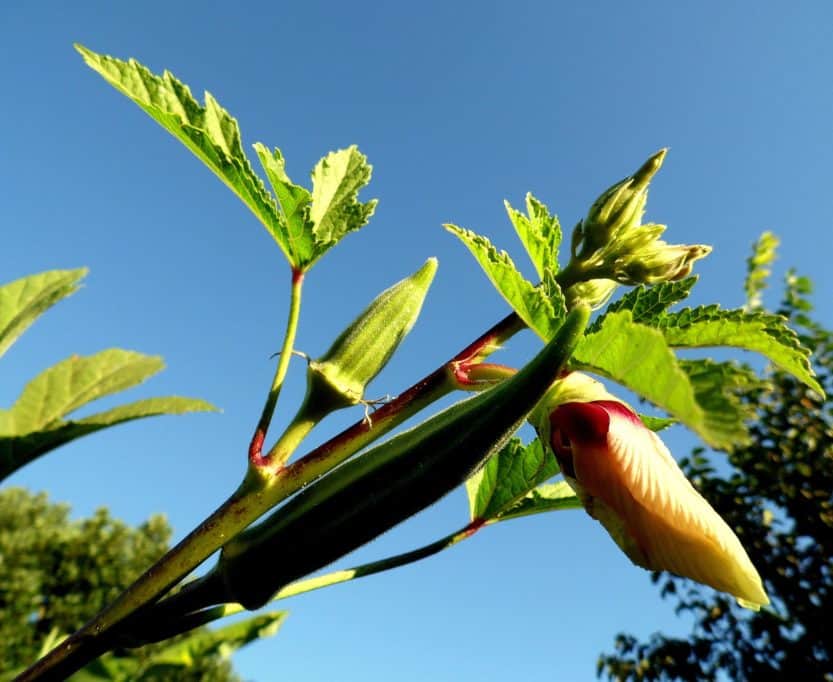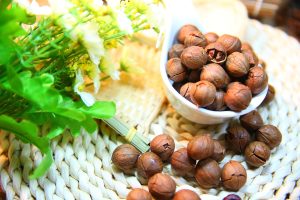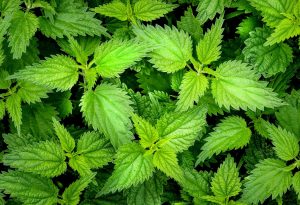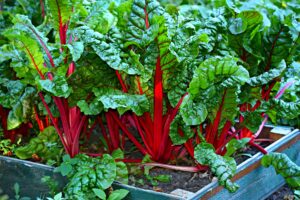Okra is a heat-loving vegetable with a good deal of ornamental appeal. Okra is a member of the mallow family, which includes hibiscus and hollyhock. Like hibiscus, okra has large beautiful flowers, making okra a worthy addition to any garden.
Buy Okra Seeds Online
| Image | Name | Rating | Shop |
|---|---|---|---|
 | Organic Okra Seeds Clemson Spineless Okra | ||
 | David’s Garden Seeds Okra Red Burgundy |
Okra Benefits
When you are growing okra as a vegetable, the seed pods are the edible portion of the plant. Okra pods are a good source of vitamin C, folic acid and potassium, as they are also a good source of fiber.
In the southern United States, okra is a common part of many recipes, while in other areas, the okra plant is less widely known and utilized. Okra does best in warm climates, and it’s possible to get a good crop in most locations.
What Climate Does Okra Grow In?
Okra plants need very warm conditions in order to thrive. When planting the seeds, make sure all danger of frost has passed. It’s best to wait until two weeks after your last frost before you plant okra seeds in the garden.
Starting Okra Seeds
Okra plants do not transplant well. If possible direct sow your seeds directly into the garden. In most cases, as long as your growing season is longer than 70 days, okra will grow fast enough to yield well without a head start.
Starting Okra Indoors
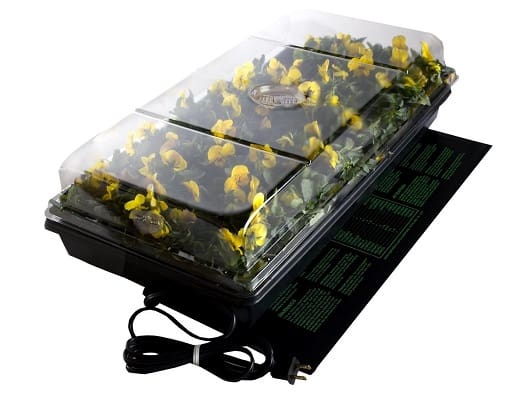
If your growing season is shorter than 60 days, you can try to start the start the seeds in a heated tray (Buy Online) indoors. Just be careful not to damage the seedlings’ delicate roots when transplanting them in the spring.
Planting Okra
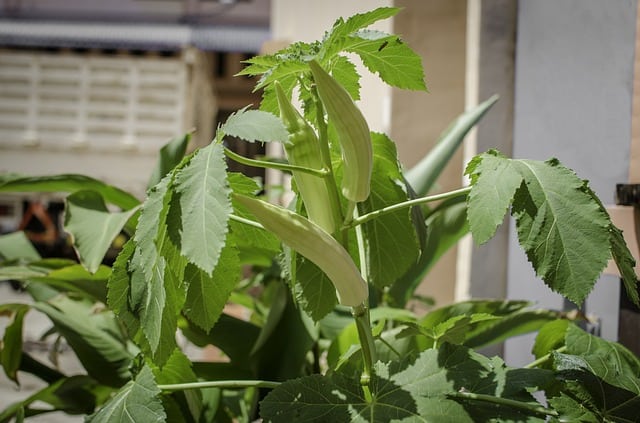
Find a location in your garden that gets full sun throughout the day, especially in the spring. The sun will heat up the soil, helping your seeds germinate quicker; and the added warmth will also increase the plants’ growth rate early in the season.
Okra Soil Requirements
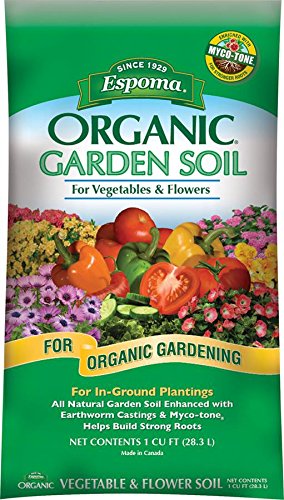
Okra needs very fertile soil (Buy Online) to produce a high yield of pods. The soil should have a pH of 6.0 to 6.8. You can amend your soil two weeks ahead of sowing the okra seeds. If the soil needs amending, then add compost and fertilizer.
Okra Fertilizer
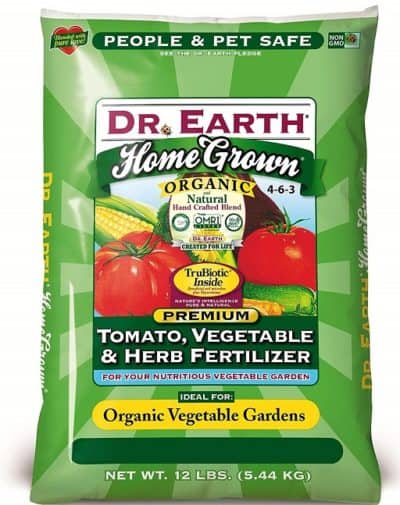
The fertilizer for Okra should have sufficient potassium and phosphorus, in order to produce flowers and pods. Mix the compost and fertilizer (Buy Online) evenly throughout the first 4 to 6 inches (10 to 15 cm) of soil.
Okra Plant Spacing
Once your soil is ready and the outside temperatures stay above 55 degrees Fahrenheit (12.7 C), it’s time to plant the seeds. Okra seeds should be planted 1 inch (2.5 cm) deep and have a final spacing of 24 inches (61 cm). In order to counter sporadic germination, you can plant your seeds 12 inches (30.5 cm) apart and thin any excess plants once they have all germinated. Once your seeds are sown, gently water them every day for about a week, until you see the seedlings emerge.
Okra Weed Control
Be sure to keep any weeds under control, while the seedlings are getting established. You can carefully pull the weeds that are growing close to the plants and use a hoe to cultivate the soil further away from the seedlings. If weeds become a big enough problem, and hand removal is no longer tenable, apply a thick layer of mulch. This will reduce weeds and help retain soil moisture throughout the growing season.
Okra Care & Harvest

Okra Water Requirements
Okra plants will require 1 inch (2.5 cm) of water every week once they are fully established. You should fertilize every 2 weeks with a fast-acting liquid fertilizer.
Okra Pests and Diseases
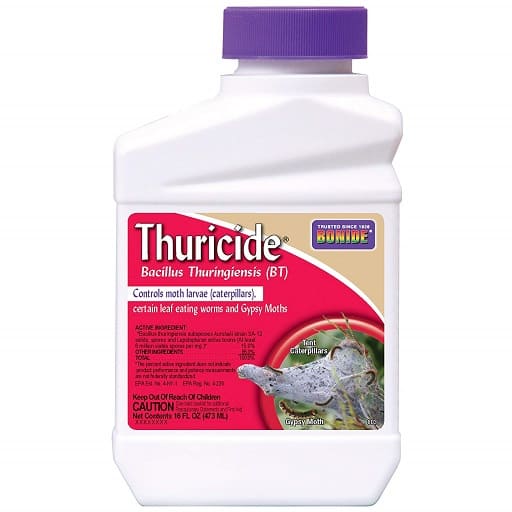
As your okra grows, be sure to keep a lookout for any insect infestations, such as aphids, spider mites, stink bugs or corn earworms. If any signs of infestation become apparent, immediately remove the insects by hand and/or spray the plant with soapy water or an insecticide (Buy Online), as this should control the problem in most cases.
Okra Spines
When handling and inspecting okra plants, be sure to wear gloves, as you will notice that the okra plant is covered in spines, which can cause skin irritation
When is Okra in Season?
Okra pods are ready to be harvested after 60 to 70 days of growth. Once the plant begins setting pods, they will produce new pods for weeks. The pods should be harvested once they reach a length of 3 to 5 inches (7.6 to 12.5 cm).
Try to harvest the pods as soon as possible, because if you let them mature to long, then the pod will become tough and fibrous. Never pull the pods off the plant, as this can damage the plant limiting future production.
How to Harvest Okra
Cut the pods right at their base with a sharp knife or a pair of garden scissors. Continue harvesting fresh pods every other day, as harvesting will stimulate the plant to produce more pods, until the end of the season. Okra pods can be stored in the refrigerator for a few days, or they can be blanched and frozen for long-term storage.


